Swimming in soup, tantalizingly tangled in a cool salad, cozied up in a spring roll or succulently seared in a wok, there are hundreds of dinners at the ready when you have a few packages of Asian noodles in the pantry. They are the basis of some of the best Asian foods like pad thai, ramen, pho, chow mein, sesame noodles, yakisoba and so much more.
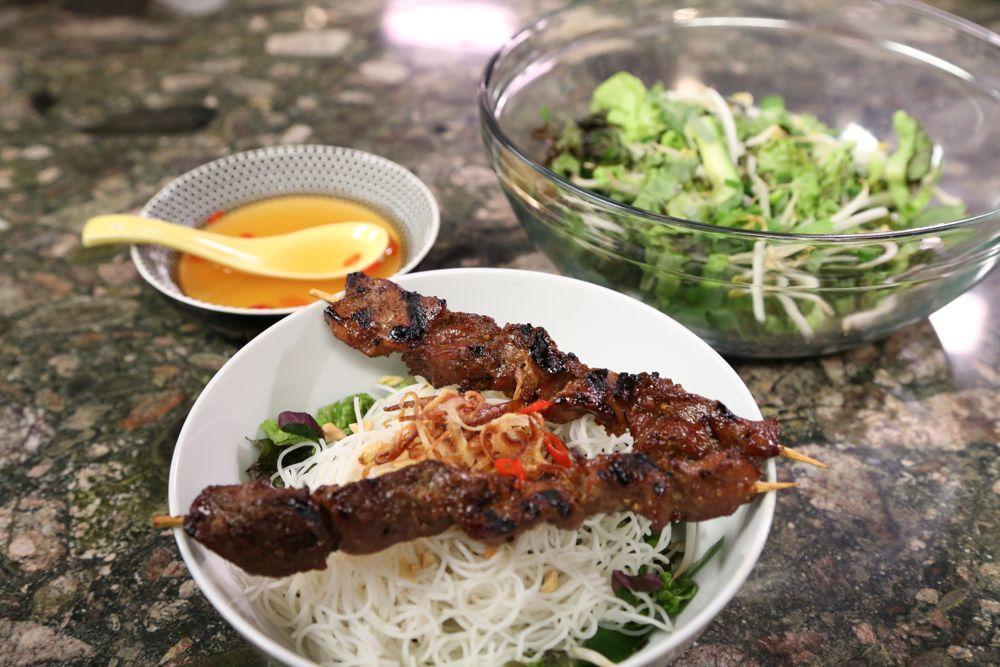
Photo from the Craftsy class Vietnamese Classics: Pho, Noodles & Beyond
Your first introduction to noodles may have been of the spaghetti-and-meatballs or macaroni-and-cheese variety. However, noodles were, in fact, invented in China (the earliest known specimen dates back 4,000 years) and gradually spread all over the planet. As an Asian noodle fiend myself, I am so very, very glad that is one trend that never died.
With so many varieties of noodles coming from China, Japan, Thailand, Vietnam, and the Philippines, made from many different kinds of flour—wheat, buckwheat, rice, or mung bean—it can be highly helpful to have a friendly shopping guide on hand the next time you stroll the noodle aisle. All of these noodle varieties are available dried, and some Asian markets also carry the fresh versions, too (check the refrigerator and freezer cases).
The Ultimate Guide to Different Types of Asian Noodles:
Ramen

Ramen availability and sophistication has finally evolved beyond the 10-cents-a-package version that got some of us through college. Wheat flour gives them their chewy bounce, and egg gives them their rich yellow complexion. Known as a Japanese specialty, ramen, too, was invented in China. These noodles are available fresh, fresh-frozen, or dried. The cellophane-packaged bricks of dried ramen—including the Top Ramen you remember from childhood—are deep-fried.
Udon
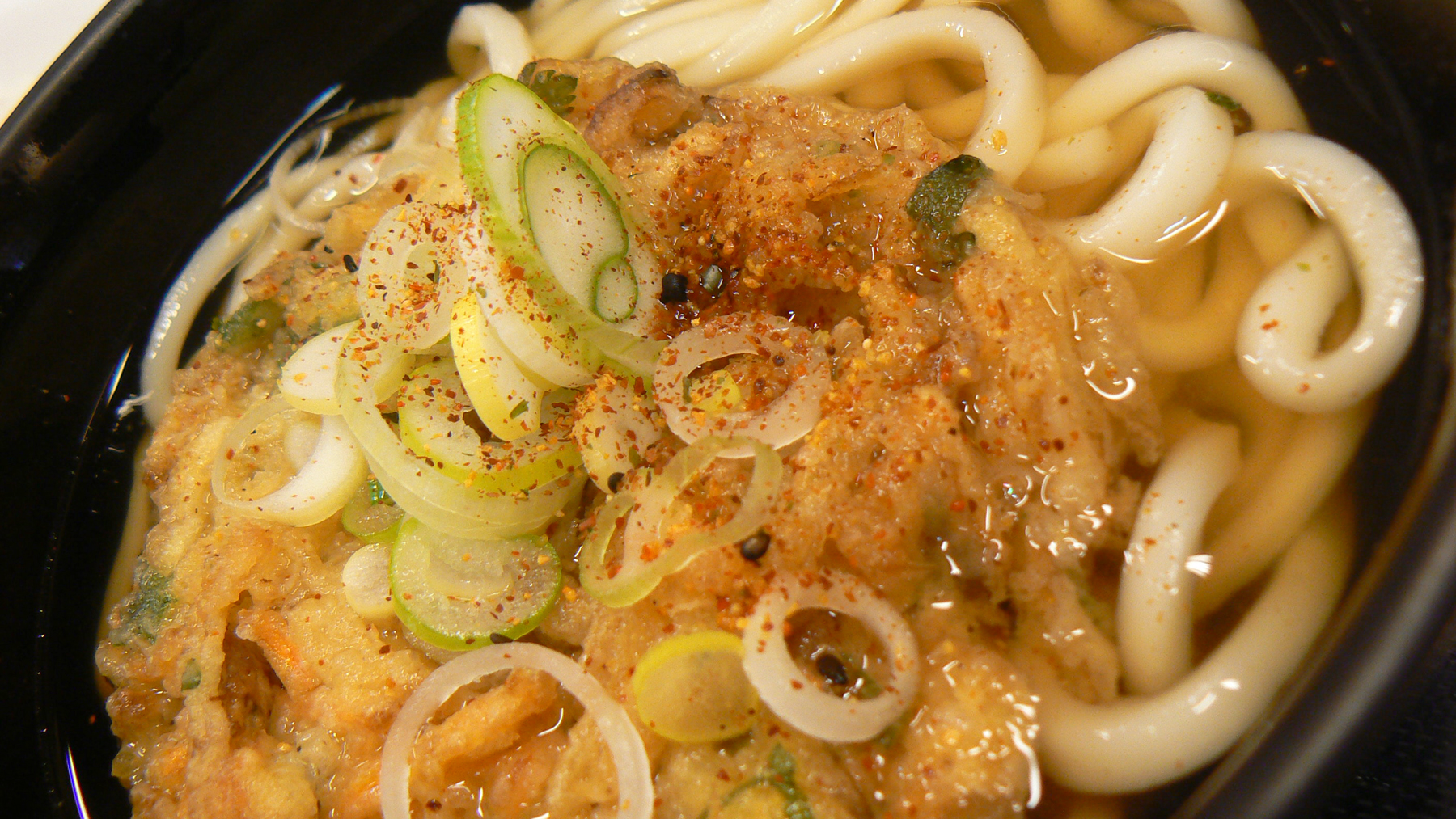
Made simply from wheat flour and water, these thick, chewy Japanese noodles are most often sold fresh. The traditional way to serve them is submerged in broth and adorned with a variety of toppings including tempura, fish cakes, vegetables or simply a shower of sliced scallions.
Soba
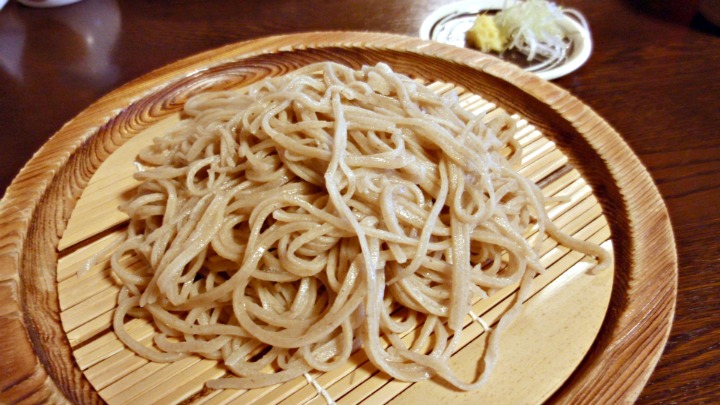
These Japanese noodles get their grey-brown hue and nutty flavor from buckwheat flour (although “soba” can also refer to any thin Japanese noodle). Especially in summer, soba is served chilled, with a simple dipping sauce made from dashi, soy sauce and mirin. In chilly weather, enjoy soba in soup.
Somen
These thin, delicate Japanese noodles are made from wheat flour and a bit of oil. Like soba, somen noodles are most often served chilled, with a bowl of mild sauce for dipping.
Chinese Egg Noodles
Made with wheat flour and egg, these are the noodles you know well from Chinese takeout menus in the form of chow mein and lo mein.
Helpful hint: In Chinese, “mein” refers to noodles made with wheat flour; “fun” refers to noodles made with rice flour or mung bean starch.
Bean Threads, aka Cellophane Noodles or Glass Noodles
Made from mung beans (which are also the source of the ubiquitous bean sprout), these dainty noodles only need to be soaked in hot water to become soft, pliable, and translucent before adding them to soups and stir-fries.
The dry noodles puff up dramatically into a crispy cloud when dropped in smoking-hot oil. The fried noodles are used for Chinese “bird’s nest” dishes or used as a crunchy garnish.
Rice Noodles
The wide world of rice noodles involves many names, nationalities, and dishes, but are easiest to categorize simply by their four basic sizes: vermicelli, thin, medium and wide.
Because they don’t have gluten to hold them together, noodles made from rice flour are more delicate than those made with wheat flour. Like cellophane noodles, rice noodles usually only need to be soaked in hot water (not boiled) before you add them to your soup, salad or stir-fry.
Note that the names below are phonetic translations so the spellings may vary slightly across brands. And because each variety goes by so many different names even in the same language, often the easiest way to find what you’re looking for is simply look at the noodles, which usually come in clear packages, and grab the size you need.
Rice Vermicelli
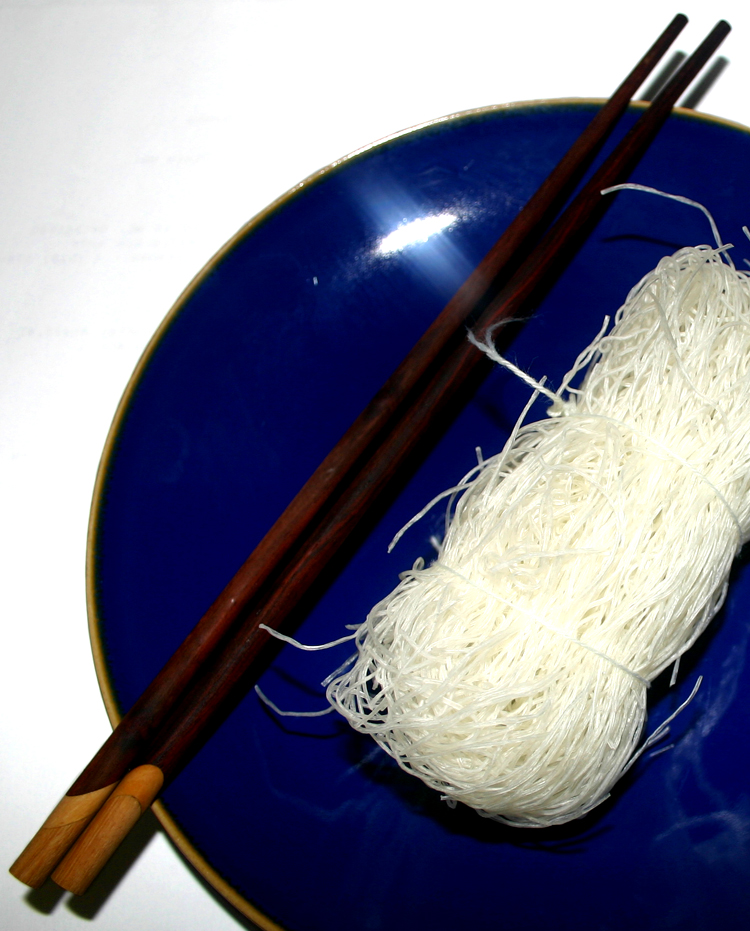
This variety of rice noodles is sometimes confused with cellophane or glass noodles, which are actually made from mung bean starch. These thin, round noodles are packaged in small, looped bundles, with several bundles to a pack. In Vietnamese cuisine, these noodles are often served cold and topped with grilled meat (bun) or wrapped in rice paper with shrimp, lettuce, and fresh herbs (summer rolls). On Chinese menus, you’ll usually find these noodles in the form of Singapore maifun, the curry-spiced dish flecked with shrimp, roast pork, and sundry vegetables.
The names you’ll see on packages of rice vermicelli include:
- Mi Fen/Maifun (Chinese)
- Sen Mee (Thai)
- Bun/Banh Hoi (Vietnamese)
- Pancit Bihon (Tagalog)
Thin Rice Noodles/Rice Sticks
The thinnest variety of flat (as opposed to round, like vermicelli) rice sticks is most often used in soups and stir-fries.
The names you’ll see on packages of thin rice noodles include:
- Sen Yai (Thai)
- Palabok (Tagalog)
Medium Rice Noodles/Rice Sticks
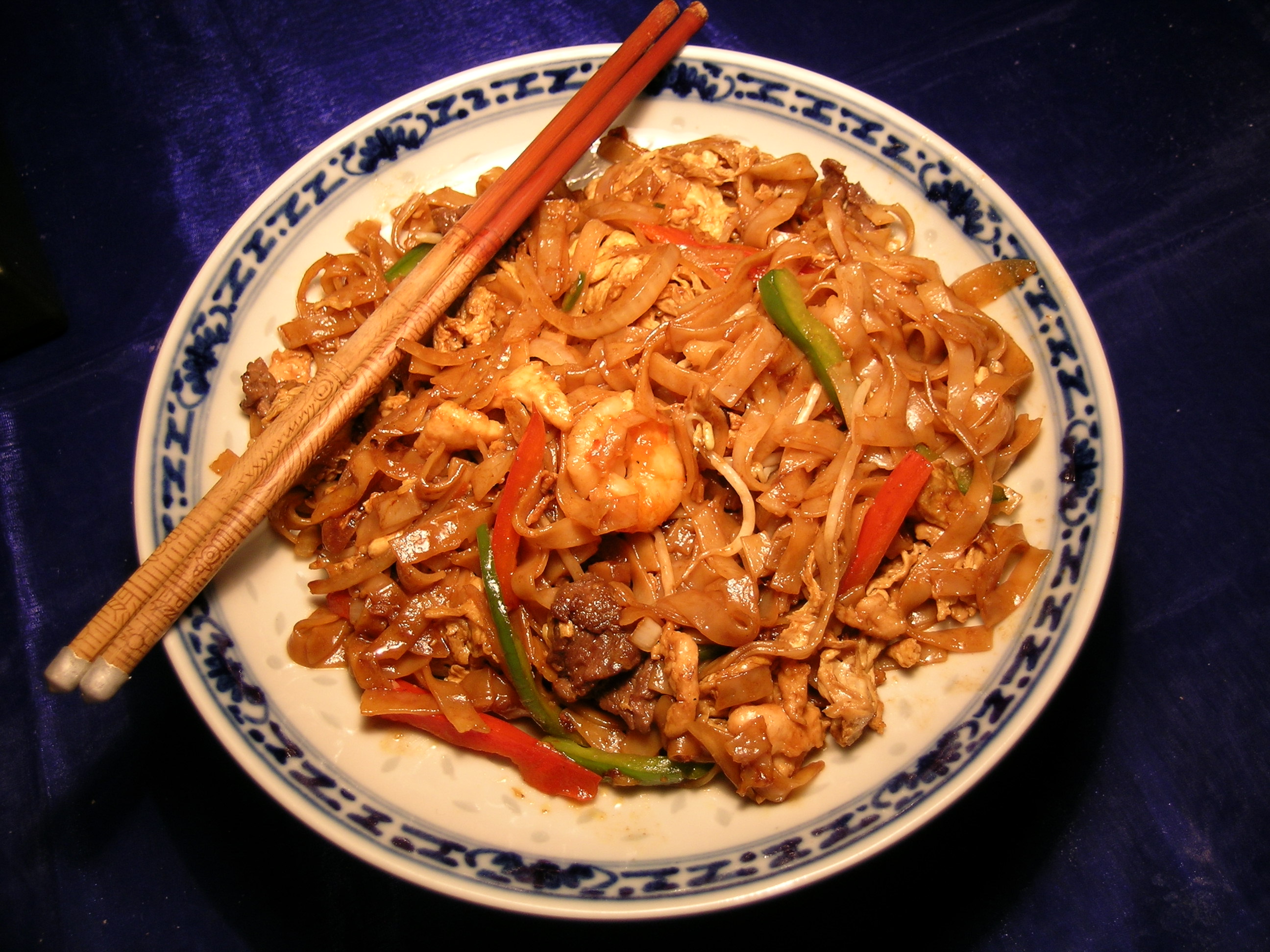
These all-purpose noodles are about the same width as linguine and are the type you’re probably familiar with from pad thai and pho.
The names you’ll see on packages of medium rice noodles include:
- Ho Fun/Haw Fun/Hor Fun/Lai Fen (Chinese)
- Sen Lek (Thai)
- Banh Pho (Vietnamese)
Wide Rice Noodles
These jumbo noodles are about the same width as pappardelle. They’re most often used in stir-fries, including the Thai favorites pad kee mow (drunken noodles) and pad see ew, and the Chinese takeout standby chow fun.
The names you’ll see on packages of wide rice noodles include:
- Shan Shui Ho Fun/Sha Ha Fun (Chinese)
- Sen Han/Jantaboon (Thai)
Craving even more authentic Asian cuisine?
Discover the flavors and techniques of Vietnam’s most popular dishes with guidance from Vietnamese culinary expert Andrea Nguyen, and simmer your way to phenomenal pho in Crafty’s online class Vietnamese Classics: Pho, Noodles & Beyond!
Plus, discover timesaving strategies for preparing ingredients in advance, properly storing leftovers and even throwing a pho party!

Share tips, start a discussion or ask one of our experts or other students a question.
No Responses to “Chow Mein to Banh Pho: A Guide to Asian Noodle Varieties”